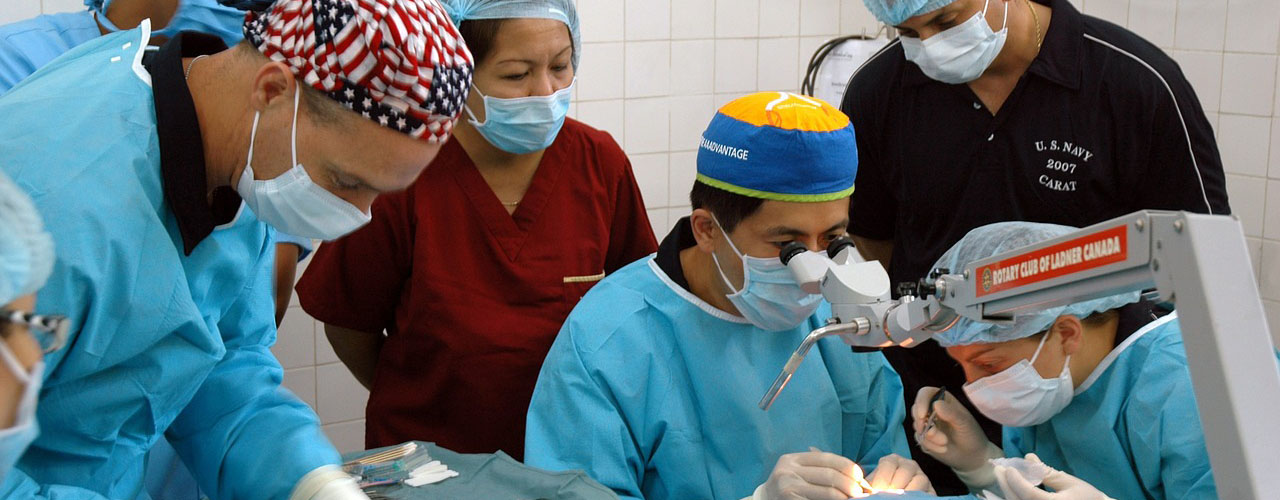Deep vein thrombosis (DVT) is a serious medical condition that occurs when a blood clot forms in a deep vein, usually in the leg. It can cause pain, swelling, and other symptoms, and can lead to serious complications if left untreated. Recognizing the symptoms of DVT is important, as early diagnosis and treatment can help prevent serious health problems. This article will discuss the signs and symptoms of DVT, as well as the risk factors and treatments available.
Common Signs and Symptoms of Deep Vein Thrombosis in the Leg
Deep vein thrombosis (DVT) is a serious medical condition that occurs when a blood clot forms in a deep vein, usually in the leg. It is important to be aware of the signs and symptoms of DVT, as it can be life-threatening if left untreated. Common signs and symptoms of DVT in the leg include:
• Swelling in the affected leg: Swelling in the affected leg is one of the most common signs of DVT. The swelling may be accompanied by pain or tenderness in the affected area.
• Redness or discoloration of the skin: The skin in the affected area may appear red or discolored.
• Warmth in the affected area: The affected area may feel warm to the touch.
• Pain or cramping in the affected leg: Pain or cramping in the affected leg may be present.
• Difficulty walking: Difficulty walking or standing may be present due to the pain or swelling in the affected leg.
If you experience any of these signs or symptoms, it is important to seek medical attention immediately. Early diagnosis and treatment of DVT can help prevent serious complications.
How to Recognize the Early Warning Signs of a Blood Clot in the Leg
Blood clots in the leg, also known as deep vein thrombosis (DVT), can be a serious medical condition. It is important to recognize the early warning signs of a blood clot in the leg in order to seek medical attention and prevent further complications.
The most common symptom of a blood clot in the leg is pain or tenderness in the affected area. This pain may be described as aching, throbbing, or cramping. It may be worse when standing or walking, and may be accompanied by swelling in the affected area. Other symptoms may include redness or discoloration of the skin, warmth in the affected area, and visible veins.
If you experience any of these symptoms, it is important to seek medical attention immediately. Your doctor may order tests such as an ultrasound or a venogram to confirm the presence of a blood clot. Treatment may include medications such as anticoagulants or thrombolytics, as well as lifestyle changes such as increasing physical activity and avoiding sitting or standing for long periods of time.
It is important to recognize the early warning signs of a blood clot in the leg in order to seek medical attention and prevent further complications. If you experience any of the symptoms described above, contact your doctor immediately.
Conclusion
In conclusion, Deep Vein Thrombosis (DVT) is a serious condition that can cause serious health complications if left untreated. It is important to be aware of the signs and symptoms of DVT, such as swelling, pain, and discoloration of the affected area. If you experience any of these symptoms, it is important to seek medical attention immediately. Early diagnosis and treatment can help prevent serious health complications and improve your overall health.




 Problems with the ears are more common than many people realize. The good news is that a trip to an
Problems with the ears are more common than many people realize. The good news is that a trip to an